Alex Wagner is a data scientist at SeerAI. This is a start up that has produced Geodesic, a spatiotemporal data fusion platform. The discussion was triggered by a video 12 days ago from popular YouTuber Johnny Harris, "Why Saudi Arabia is Building a $1 Trillion City in the Desert":
Alex responded on LinkedIn with an animation of all radar satellite evidence of construction activity at Neom since 2023. This was a perfect accompaniment to a conversation thread about Neom over the past two episodes with Valrie Grant:
…and Jordan Regenie:
Across these two episodes I have raised the issue of human rights abuses on the project related to land ownership.
The first time I did it was with Valrie, who is the deputy chair of a UN body - the private sector network of the UN's council of experts on global geospatial information management. In the next episode, noting that Jordan has a law degree and that I am a new migrant to the US, I took the opportunity to discuss the first amendment with him in the context of whistle blowing about Neom.
Both conversations were useful in building up a picture of how I should respond to this as a Geographic Information Systems Professional (GISP) certification holder. Why? I have signed onto a code of ethics to obtain this certification. Amongst other things, it says:
Section I. Obligations to Society
1. GIS products and services should benefit society, and enhance the well-being of individuals and groups, within the constraints of existing law. Some applications of GIS products and services may harm individuals (directly or indirectly) while advancing government policies that some citizens regard as morally questionable. GIS professionals' participation in such applications is a matter of individual conscience.
…
3. We shall not engage in conduct involving fraud or wanton disregard of the rights of others.
4. We shall hold paramount the safety, health, and welfare of the public.
Throughout the ethics charter, a systematic and careful approach to raising concerns is emphasised. In the spirit of that, I started by gaining the awareness of someone associated with the world's peak human rights body, the UN. I continued with understanding my rights regarding speech to do with this circumstance in the world's largest economy, the US. With these being recorded conversations subject to review and approval by the guest, I have the benefit of deliberate, thoughtful participation by others.
Now I am continuing the conversation here by looking at how geospatial analysis can assist in understanding the whole affair. Why? Well, the geospatial field has been poorly exercised in media coverage. Take the image slider from the BBC:
Yes, it is an intuitive, interactive way to see how Sharma has been razed. Note, however, that far more than this village have been razed. It is not even the one where the most significant atrocity occurred. That was instead Al-Khraybah, where Abdul Rahim al-Huwaiti was shot dead in 2020. He was an employee of the Saudi Ministry of Finance. He refused to give up his ancestral land and organised others to oppose military action to take it. In the absence of effective mapping to illustrate these matters from NGOs, the media or YouTubers, I have taken it upon myself to make a start in Google Earth:
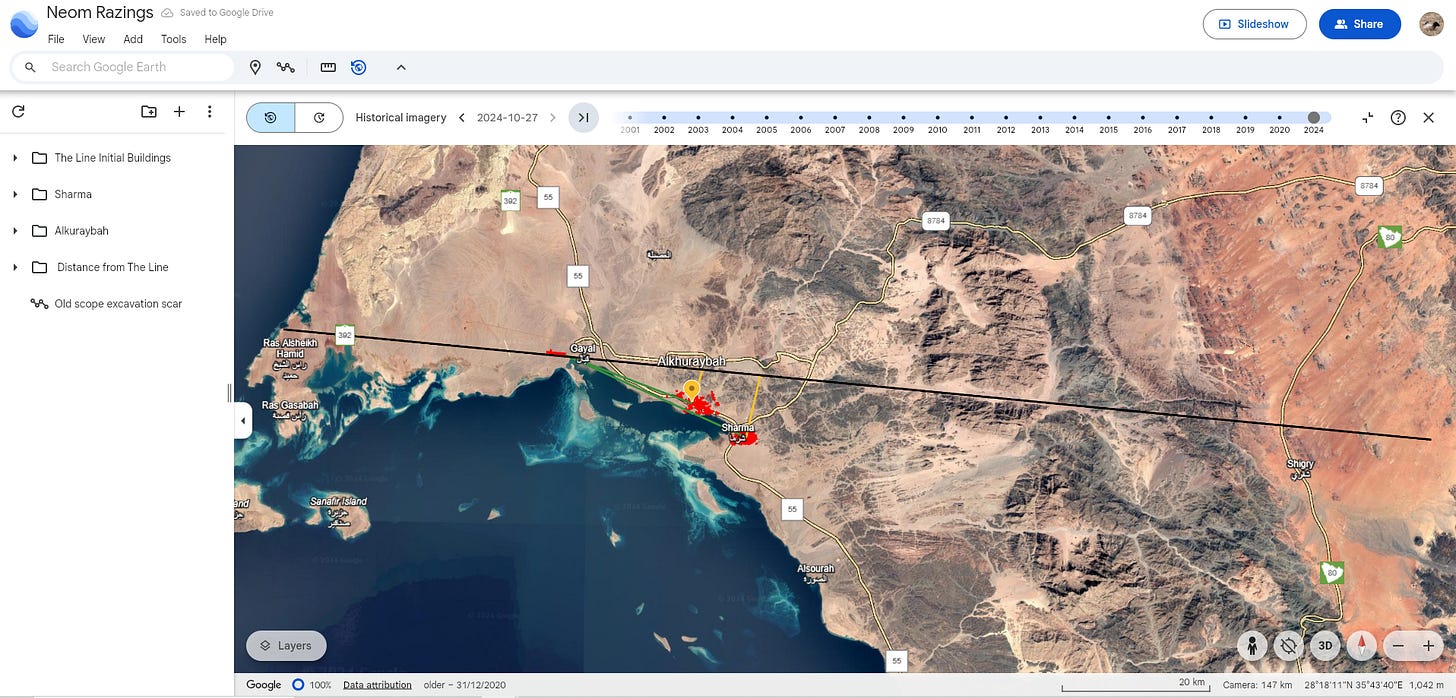
Returning to the efforts of the media, the latest reporting was an epic piece from 2 great reporters, Rory Jones and Eliot Brown of The Wall Street Journal: “Epic Construction Site in the Saudi Desert Is a Hazard for Workers” (free link). Lo and behold, what they had in there was the same damned image slider as the BBC, basically plagiarism!
They even used the same satellite imagery provider and the same imagery dates!
This brings us to Johnny Harris. He is at once a blessing and a curse to the geospatial profession. He has a video for example about a mapping workflow which he said took him 8 years to refine:
…and it is a set of instructions on how a graphic artist would go about making a map. One has to admit that the drama he brings to it all is cool. This is why he is a blessing. But he is also a curse - and I’m being blunt as a sign of respect if you’re reading this Johnny. There is so, so much more that the geospatial profession can do for a situation like this.
As a sign of how dynamic insightful our industry is, we had someone make the case for how much more our profession can do, soon after Johnny published his video. This conversation highlights how we have a global bench of talent independently researching and responding to the world as it happens. The person in focus is SeerAI data scientist Alex Wagner. The analytical method is amplitude change detection (ACD):
Alex also put it on a webmap. That makes for 2 interactive maps in one fell swoop! We are well and truly off and running producing the kinds of cartographic experiences the public should have to understand this human rights situation. At time of publishing (2024-12-31), it only had the analysis of change since 2023. It therefore shows the vast 150km trench scored across the desert, associate with the deaths of several people according to that recent WSJ article.
I asked Alex to update it to show change since 2020 so we can see settlement razing activity in Sharma and Al-Khraybah. He said he’ll get that done on Wednesday, New Year’s day 2025. Sounds like a good way to start the year.
What else can we understand presently? Well, something poignant. The settlement where Abdul Rahim al-Huwaiti was killed was fully 18km from the revised scope of The Line:
It appears to have been totally unnecessary to kill this man. It appears to have been totally unnecessary to raze the settlement. It appears also to have been totally unnecessary to raze Sharma, since it is 8km further still from The Line:
As shown in my simple map using Google Earth, the scope of The Line has been vastly diminished from the initial 170km to 2.4km. This is confirmed in a couple of ways. A Bloomberg article from April 2024 and revised building footprint data for The Line from Overture Maps Foundation that I have downloaded and put on the map. One may wonder, given Neom is a collection of projects, whether there was something else than The Line in scope requiring razing these 2 settlements. I found a map of projects and only a golf course is in the vicinity but not near enough to warrant a razing:
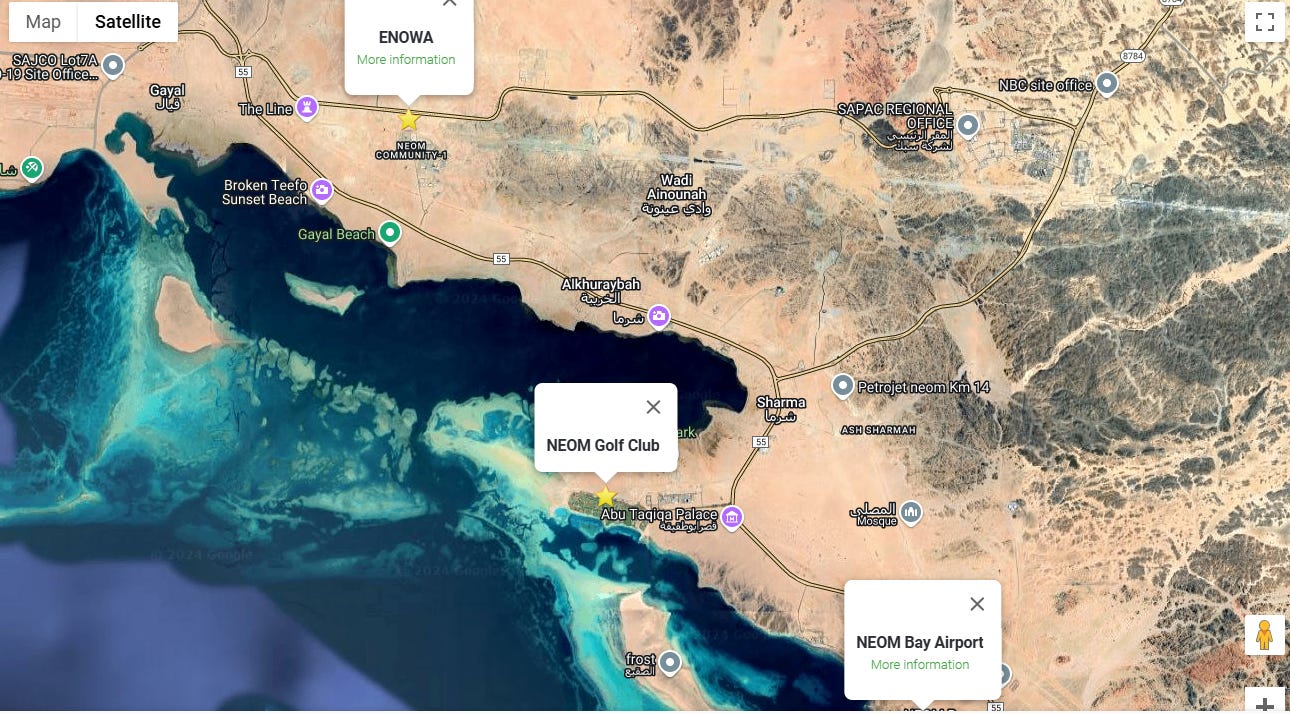
So, unnecessary killing. Unnecessary razing. Unnecessary 150km gashes excavated straight through the landscape only to provide the dictator with a false sense of progress according to another WSJ piece:
Let’s get some quotes from Johnny Harris:
(0:45) I’ve been hearing all about all the reasons it can’t work. About how it’s just a mirage of royal ambitions.
…
(9:25) And then there’s Magna … [it] is no longer a village. They forcibly relocated 1000s of people for this project. Atop the ruins of these villages the Kingdom is building 12 luxury coastal resorts and communities.
…
(16:30) So much of the reporting on Neom has been focusing on how implausible, expensive and delusional this project is. And that’s all well and good if that’s what you wanna focus on but to me that’s not that interesting.
Emphasis his. And a mocking emphasis at that. He then goes on to say the project is interesting because it’s about nation building and a dramatic transformation of Saudi away from oil and the cultural excesses that oil used to permit. Regarding the beach resort plans for Magna, no such justification for terrorising inhabitants or the razing of Sharma and Al-Khraybah is provided.
It strikes me that a cultural excess permitted by oil wealth is undertaking a military operation against one’s own citizens to build yet another ill conceived city where others have already failed:
Hub for logistics. Grand plans. This is The Line. This is Neom. They are making the same mistake again as King Abdullah Economic City. Where was Johnny Harris, a popular entertainer with 6.2m YouTube subscribers, performing the proper work of a journalist pointing this out? Instead we have to turn to Matt Bevan, Australian state media journalist who observed that these plans emerged when a significant proportion of the Saudi elite was locked up supposedly in a corruption purge:
That’s right, no one was there to provide much needed critical analysis of a plan that amounts to potentially squandering a significant proportion of the country’s sovereign wealth fund. Something a famous murdered Saudi Washington Post journalist opposed - Jamal Khashoggi. Al Jazeera reported that Khashoggi said no one had the right to debate or speak critically about the Saudi leader’s plans: “Khashoggi on life under MBS: ‘Nobody dares to speak’”. Lo and behold, Khashoggi himself did dare to speak about Neom in his appearance on UpFront:
(5:10) Jamal Khashoggi: Neom project, this futuristic city that he is planning to invest half a trillion dollar in it. What if it goes wrong? It could bankrupt the country.
Mehdi Hasan: No one’s allowed to criticize it, is that what you’re saying?
Jamal Khashoggi: No one is allowed to write an objective piece in any newspaper…
Yes, Johnny Harris, this is what I want to focus on. For these and other words, Khashoggi lost his life in an embassy run by his own country. And what’s worse is the same treatment was offered to another Saudi man with a backbone in self exile, Col Rabih Alenezi. According to the BBC:
No, it is left to whistleblowers like myself who had to quit Jacobs, delivery partner on The Line, because they turned a blind eye to concerns I raised internally whilst employed there 2022-2024. I had to resign because they chose to ignore what I said and a lack of action caused me too much distress. And it is left to the real journalists like those who have written these WSJ articles… except for the problem that both the entertainers and journalists are failing to leverage spatial analysis in a way that can tell the full story like SeerAI has showed us how to do.
So, I say these things yes because I have the vaunted GISP accreditation. But it is certainly not the only reason. I say these things because I, like any human being, am haunted by the words that came out of Khashoggi’s mouth on Al Jazeera about this very project, followed 7 months later by his murder at the hands of the dictator he criticised:
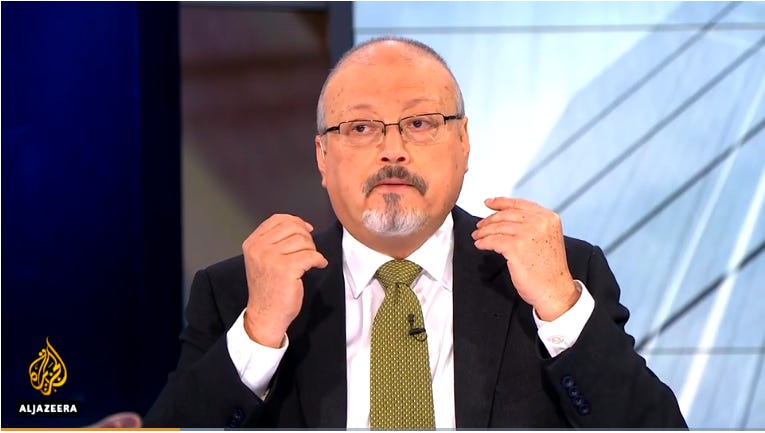
This is not nation building. This is something altogether different. There is more to this story. It is 3am. It is interesting to observe the transition of late night activity maintaining The Geospatial Index. It used to be manually adjusting the whole portfolio for stock splits that kept me up this late. Now we’re on to the activities of some of those companies. Perhaps my horrendous experience at Jacobs regarding this matter will be next.
What will this all become? Mehdi Hasan is a good influence. Hell, so is Khashoggi himself. Why not make this about giving Khashoggi’s spirit the best spatial analytical platform to augment the stories he would’ve told had he still been plying his trade at The Post?
THE GEOSPATIAL INDEX
The Geospatial Index is a comprehensive listing of all publicly traded geospatial businesses worldwide. Why? The industry is growing at ~5.4% annually (after inflation and after adjusting for base rates). This rate varies significantly, however, by sub index. For ~$400,000 to start, this growth rate is $5,000,000 over a working life. This channel, Bluesky account, newsletter, watchlist and podcast express the view that you are serious about geospatial if you take the view of an investor, venture capitalist or entrepreneur. You are expected to do your own research. This is not a replacement for that. This is not investment advice. Consider it entertainment.
NOT THE OPINION OF MY EMPLOYER
NOT YOUR FIDUCIARY
NOT INVESTMENT ADVICE
Bluesky: https://bsky.app/profile/geospatial.money
LinkedIn: https://uk.linkedin.com/in/geospatialindex
Watchlist: https://www.tradingview.com/watchlists/123254792/
Newsletter:
Podcast:




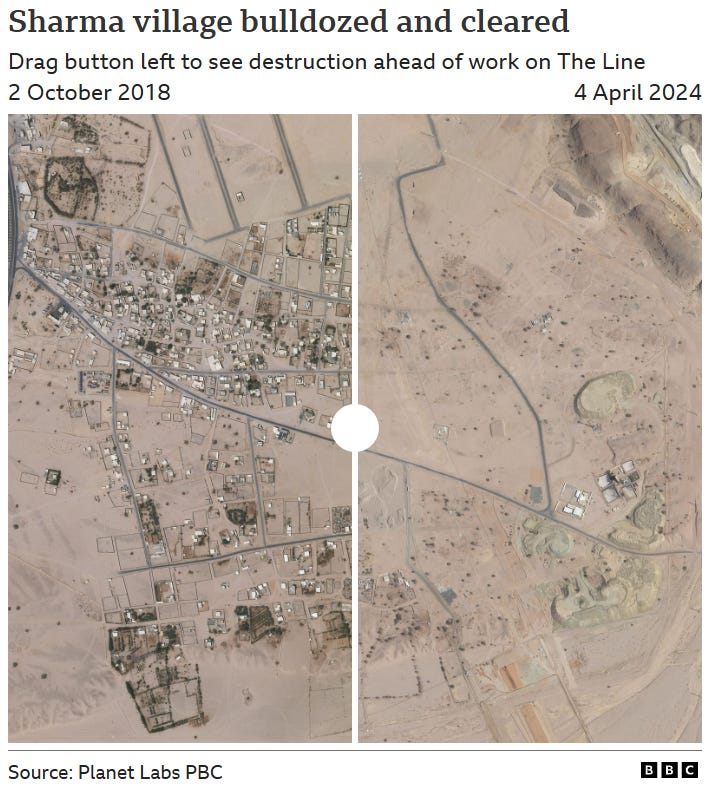
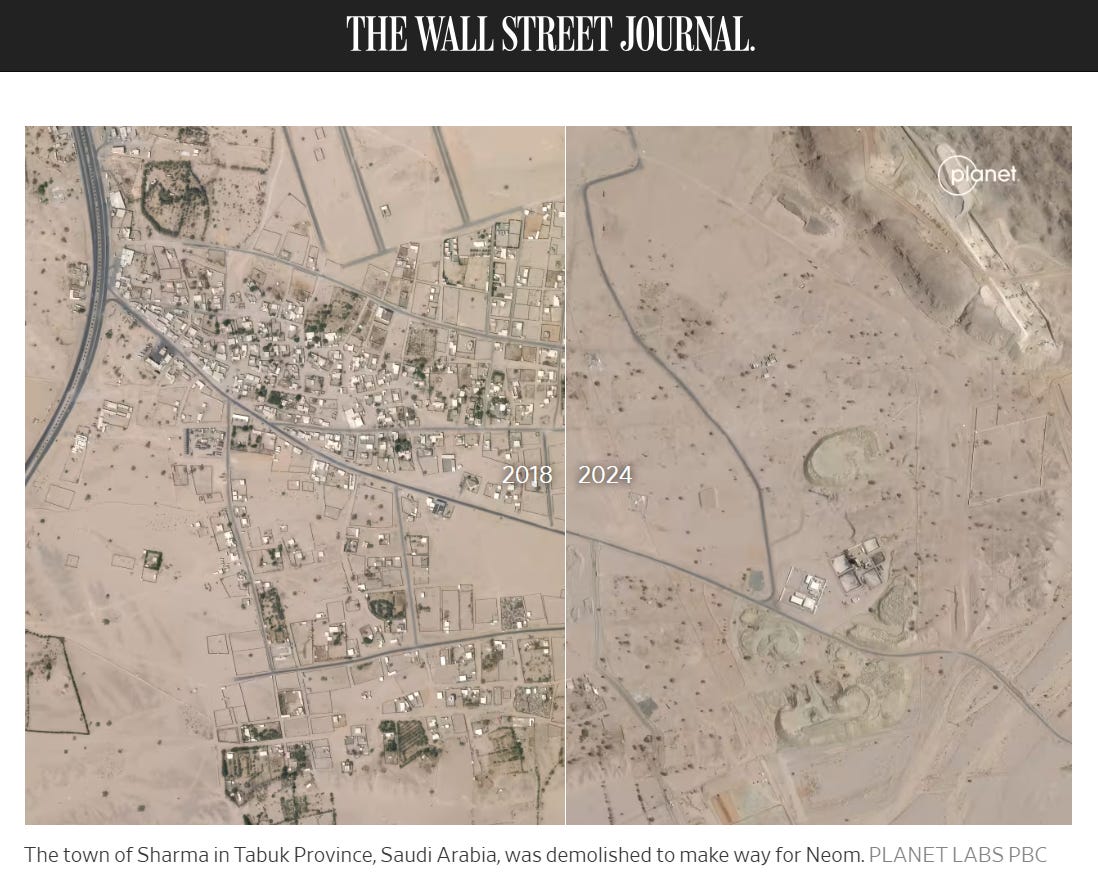
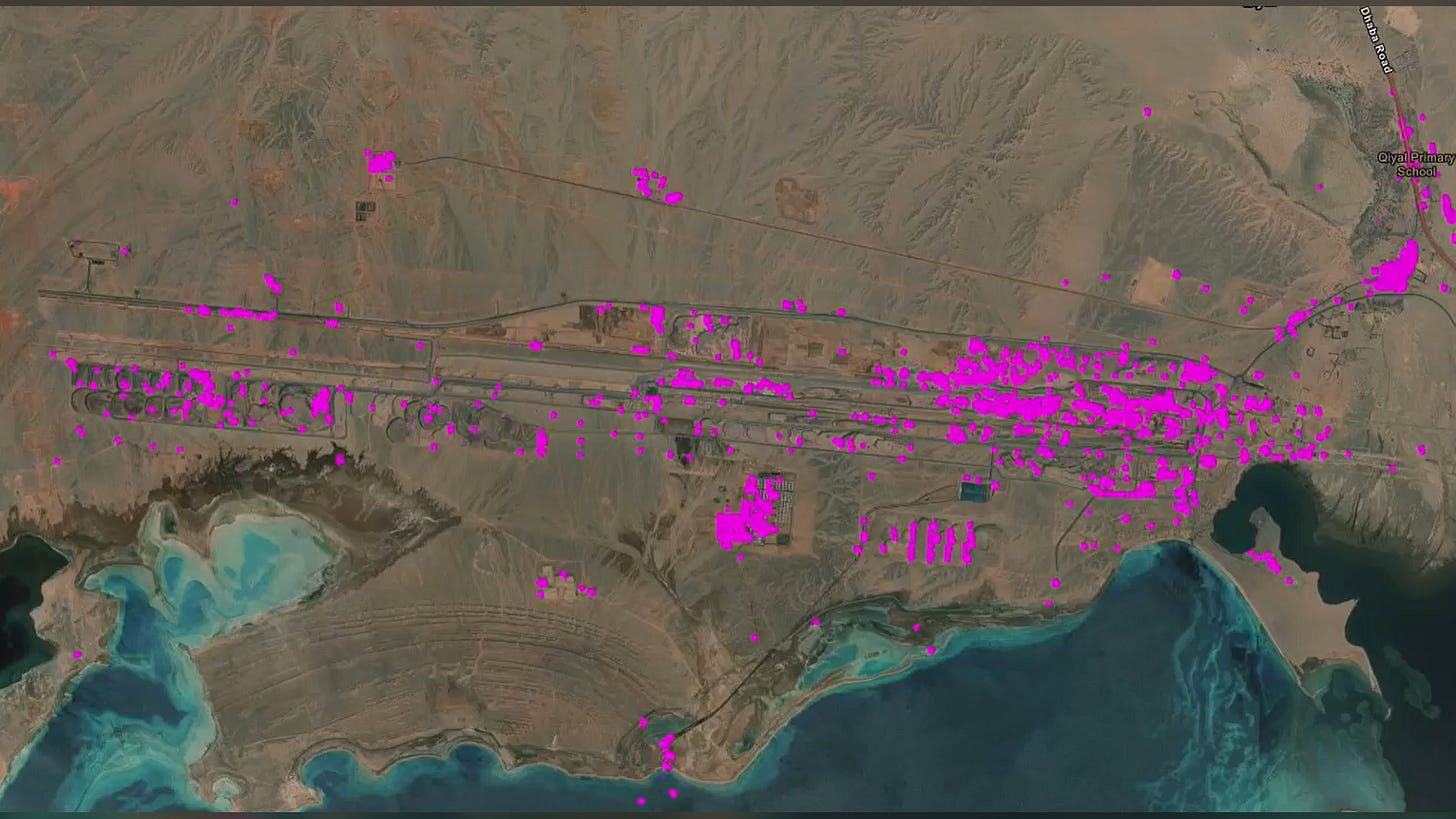
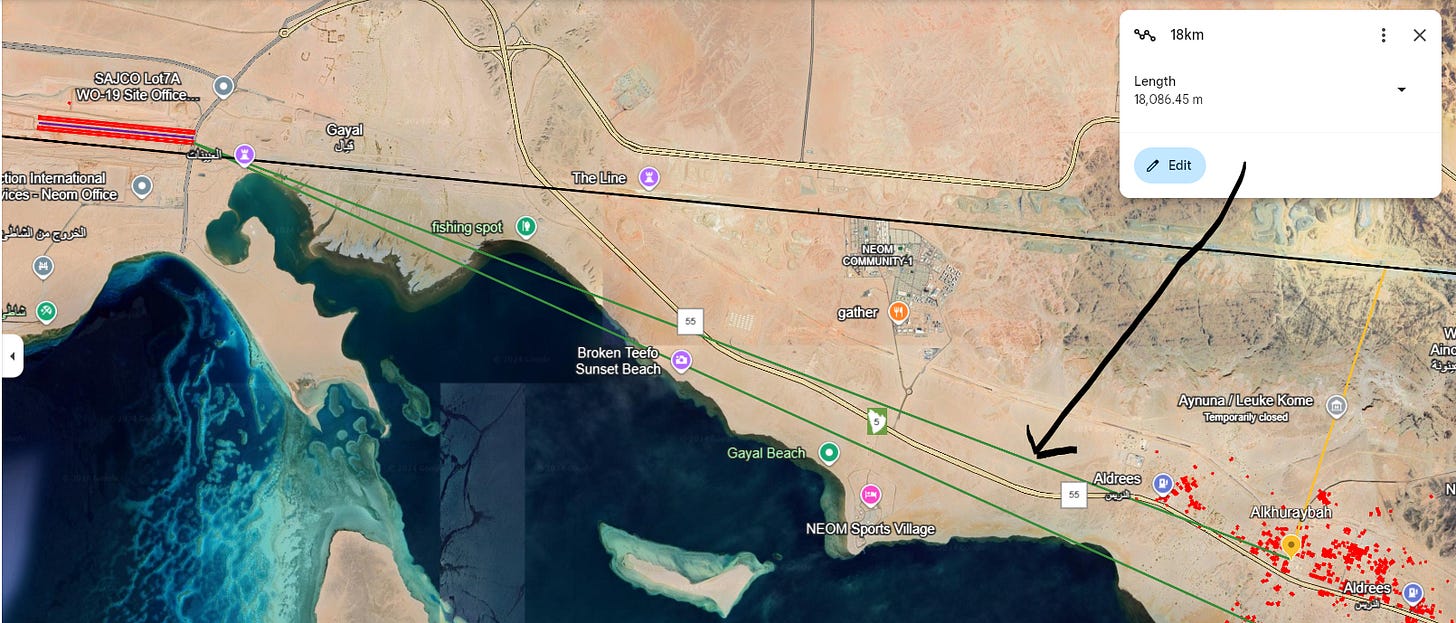
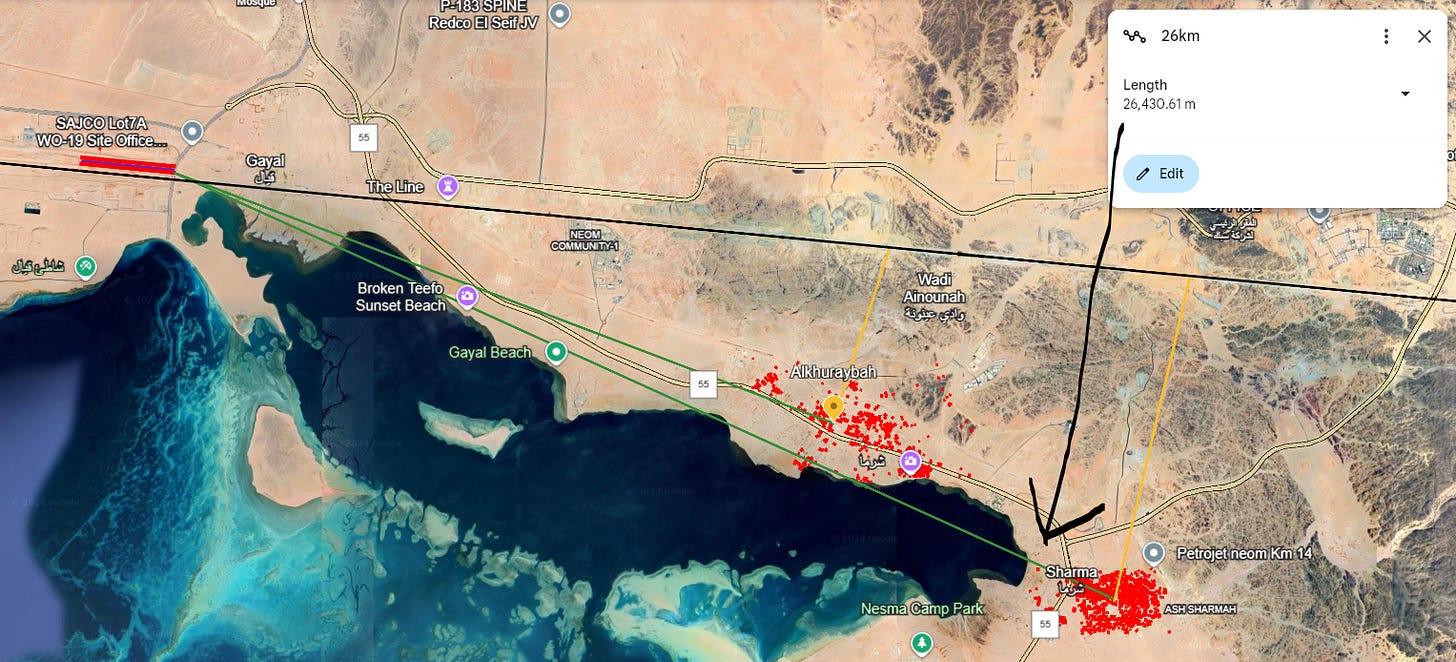

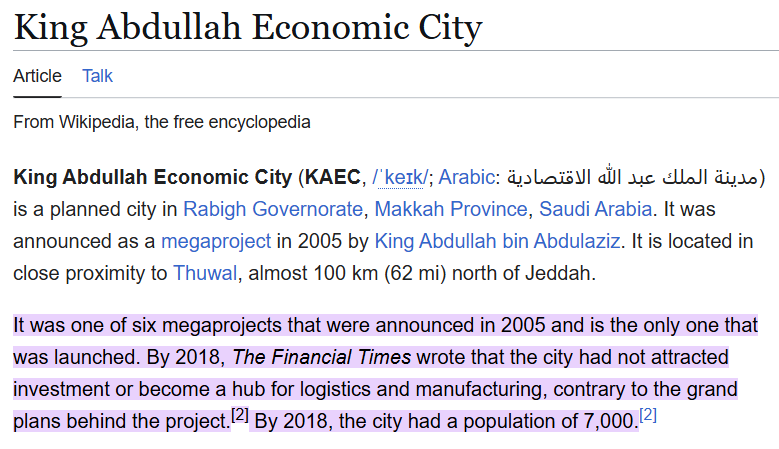

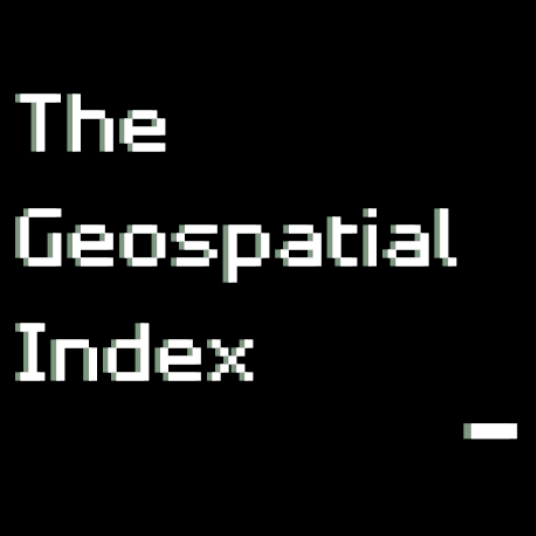







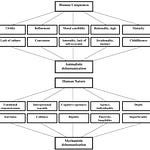

Share this post